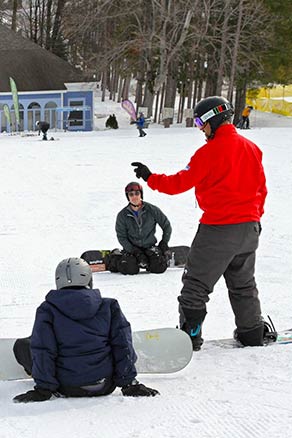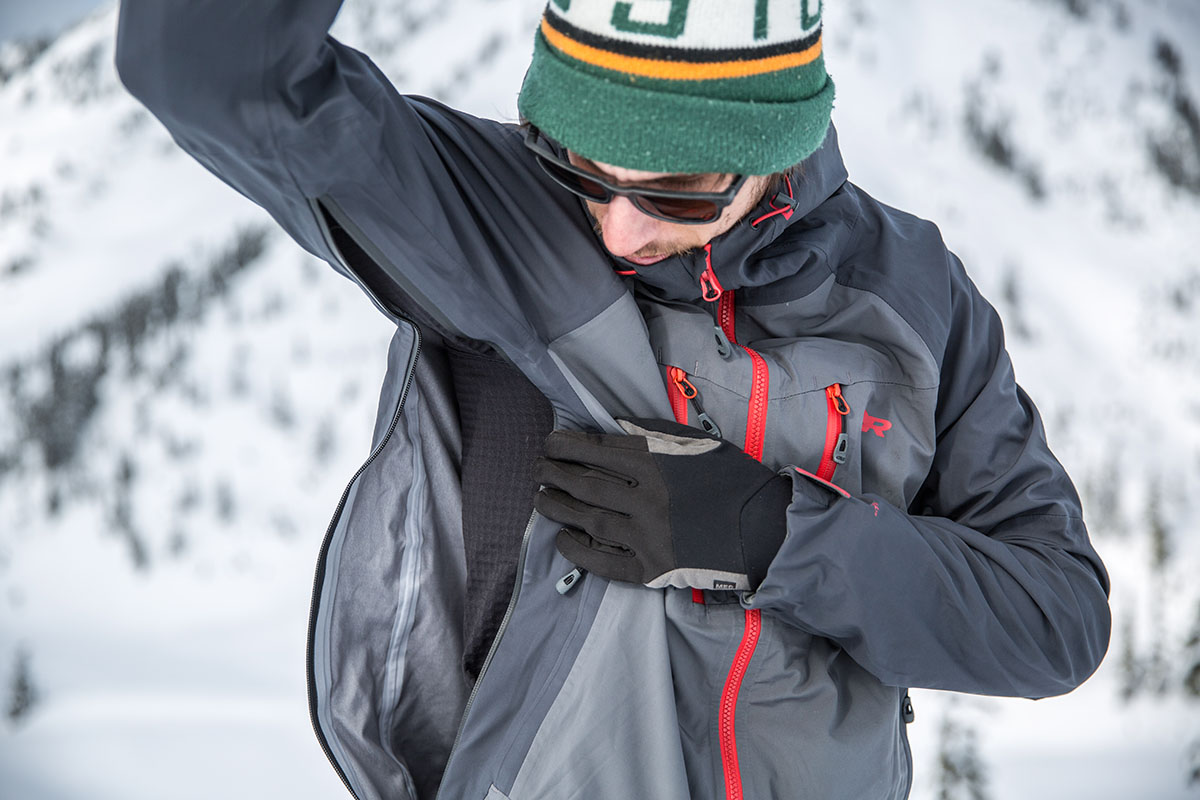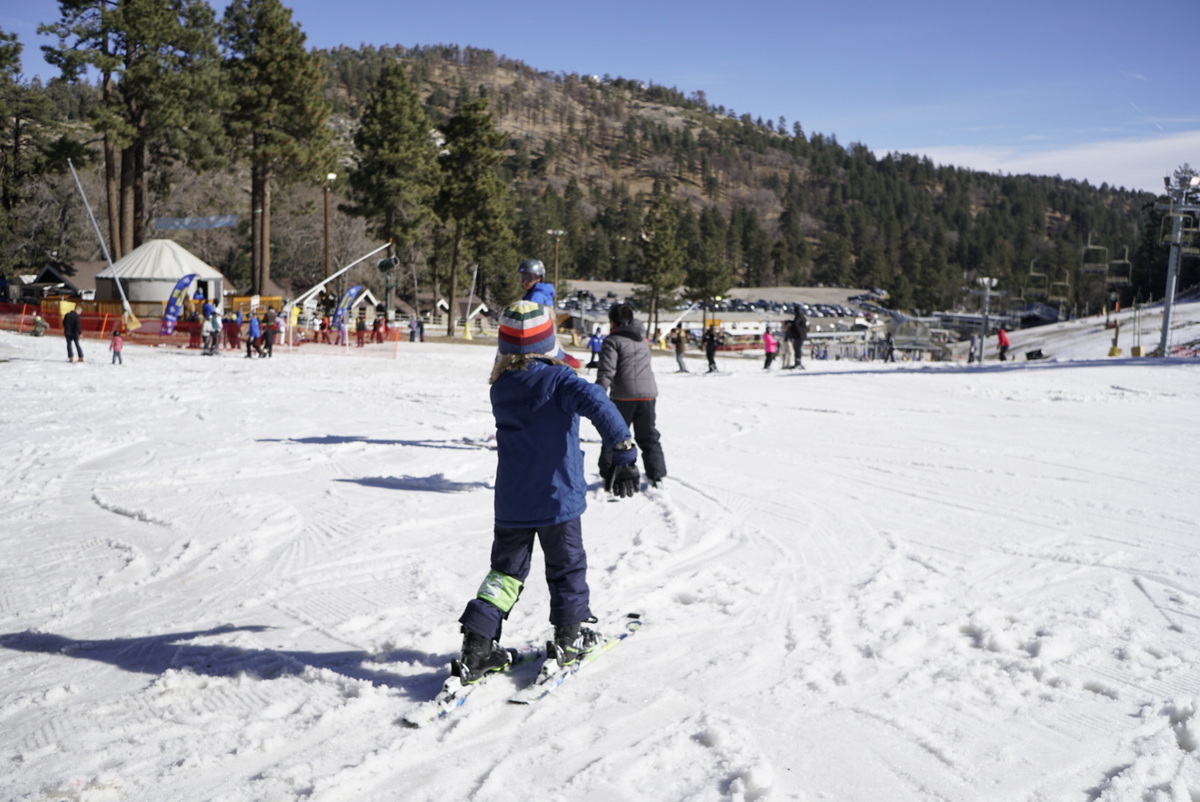
Luge, a winter sport that's fast and exciting requires extraordinary skill and precision. There are four events: the men's singles, womens singles and doubles; the relay races down a track to determine the winner.
Compared to other Winter Olympics sports, luge is one of the fastest and most dangerous, but that doesn't mean it's easy. Racers must endure six Gs pressure as they luge down the track. To reach the fastest speeds, they need to remain relaxed.
The sled is a very important piece of equipment. It must be designed and built to withstand extreme pressure. There are two main types of sleds - a single sled and a double sled.

In the singles competition, the luger is responsible for moving his or her sled down the course with a precise technique called a "chin tuck," which means keeping their head down to stay aerodynamic and allowing them to move forward at a speed that's fast enough to overcome the ice's surface tension. This allows the athlete to see the course and ensure they don't get hit by anything.
The runners, made of tubular steel and similar to what you'd use on a pair if skis, are another crucial component of the Sled. The luge runners have a sharper edge than the standard skeleton runners. This makes the sled more efficient and helps reduce the likelihood of it breaking due to the high speed of the sled racing down icy courses at high speeds.
Weight Limits
The weight of the sled and the driver is crucial to luge's success, and it's regulated under strict rules. For example, in singles luge events, the sled must weight between 21 and 25 kgs (or 46 to 56 pounds). In a doubles-luge event, the weight of the sleds is between 25 and 30 kg, or 55 to 66.6 pounds.
Luge tracks can be dangerous and icy, which is why they are so painful for sliders. A lot of money is spent to make sure that the tracks stay safe and don't melt after just one day.

There are two types of tracks: artificial and natural. The natural tracks are made of packed snow and ice, while artificial tracks require refrigeration to keep them at an icy temperature.
Like other Winter Olympic winter sports, luge does not use metal wheels. Instead, it uses an ice-skating-like sled. It's designed to roll downhill at incredible speeds on a specially designed track that is built with banked curves.
Athletes can run the sleds down the track up to 140 km/h (87 mph). The world's best sliders are able to reach even faster speeds, and there is no limit on how far they can go down the course. Some of their speed records are over 150 km/h (96 mph).
FAQ
What is the first thing to do after arriving at your travel destination?
A plan should be prepared for each step of your journey. It lets you know what's expected and where to go.
To avoid missing anything, you need to plan ahead.
For example, if you plan on visiting a city for more then one day, make sure you research which parks, museums, and landmarks are available.
A map of the area may be useful and you might want to read up on the history.
What size luggage should I carry?
The length of your trip will determine how much luggage you need. If you are traveling by plane, you only need hand baggage, usually less than 20kg. If you are traveling by plane, you only need hand baggage, usually less than 20kg.
At the airport, you will receive a form that you need to complete with your details. This will include information like the weight of your bag and whether you need assistance in checking them in.
This should be checked before you leave home. If you don't, then you could find yourself waiting around for hours while everyone else checks their luggage.
It's best to travel light, as you never know when something might happen. For instance, if your bag is lost or stolen, you won’t have any clothes.
Do you ever worry that you might forget something when you travel?
Yes, I often forget stuff. This is especially true when I am on a short vacation. But luckily, I always have everything with me, so I never run out of anything.
My passport is one example. And I always check whether I have enough money when I buy tickets.
Also, my phone charger is always with I. And I use a small bag to store other items.
How can I travel light and how do I get there?
There are no right or wrong answers when packing for a vacation. These are some suggestions to help you pick the right items to take on your trip.
-
Only bring what is necessary.
-
You should only pack what you actually wear.
-
Don't overload yourself with too many items.
-
Make sure you have room in your suitcase.
-
Always double-check to make sure that everything is in your bag.
-
Enjoy free storage
-
Reusable water bottles can be used instead of buying bottled.
-
You can carry a backpack rather than a suitcase.
-
Walking or cycling is a better option than using public transport.
-
Select the right bag size
-
Do not carry heavy items.
-
Prepare for anything.
-
Do not leave anything behind
How can I make travel more enjoyable?
Not all about going from one point to the next. It should encompass all the experiences that are encountered along the journey.
We have developed an app called "Traveler", which allows you to create itineraries and plan your trip based on your interests.
We are currently working on adding more features such as booking hotels, flights, renting cars, etc.
The goal of this project was to create an easy travel planning tool for those who want to explore more while they're on the road.
Statistics
- That's an 18% jump from 2019, the previous record year. (travelandleisure.com)
- No Checked Bags: No Alcoholic beverages with more than 70% alcohol (over 140 proof), including grain alcohol and 151 proof rum. (tsa.gov)
- Case in point: the private island of Ilha Caldeira, less than seven miles off the coast as part of the Primeiras and Segundas Archipelago, is located within the marine-protected area with 20 percent of the country's intact living coral. (travelandleisure.com)
- Alcoholic beverages with more than 24% but not more than 70% alcohol are limited in checked bags to 5 liters (1.3 gallons) per passenger and must be in unopened retail packaging. (tsa.gov)
- They're also likely to offer babysitting services, in case you'd like to have dinner one night after 7 p.m. (travelandleisure.com)
External Links
How To
What are the top travel tips for beginners
Traveling is an exciting experience, but there are many pitfalls you need to avoid if you want to have a safe and enjoyable trip.
These are some tips to help plan your next vacation.
-
Book early. Book early to get lower prices. You can also save money by not taking advantage of last-minute deals offered to you by hotels or airlines.
-
Stay-at-budget accommodations. Hotels at a lower price offer more value. They're usually located near public transportation and shopping centers.
-
Don't overpack. Pack light. You can leave room for souvenirs or gifts. Take clothes that fit well.
-
Use common sense. Do not walk alone if you're travelling solo. Avoid dark neighborhoods or areas that are prone to crime.
-
Prevent theft. Keep valuables safe from prying eyes. Never leave anything valuable unattended when you go swimming.
-
Take care with your cash. Tourists in foreign countries are often the targets of thieves. Keep your money away from prying eyes and only use ATMs at banks or protected facilities.
-
You need to know what you are doing. You should know how to use public transport before you book a hotel. Learn about restaurants and tourist attractions.
-
Read up on safety. Before you travel to another country, be familiar with the customs, laws, and culture.
-
Have fun. No matter what happens, enjoy yourself. It's worth it.